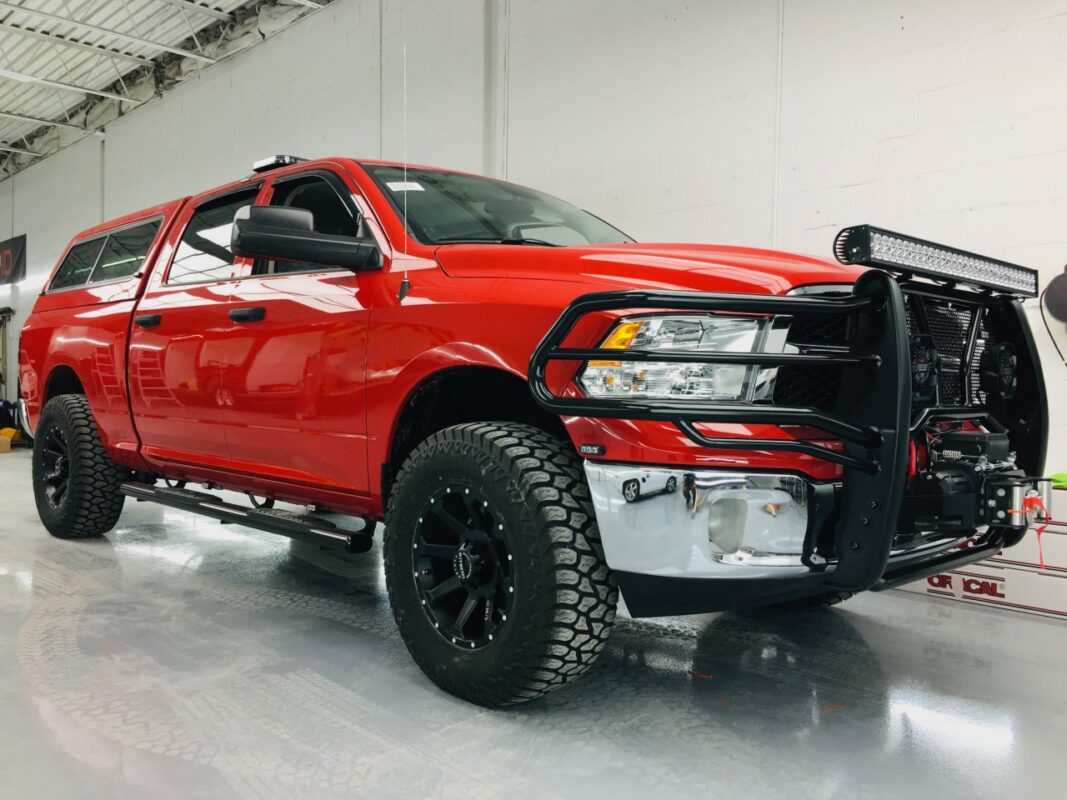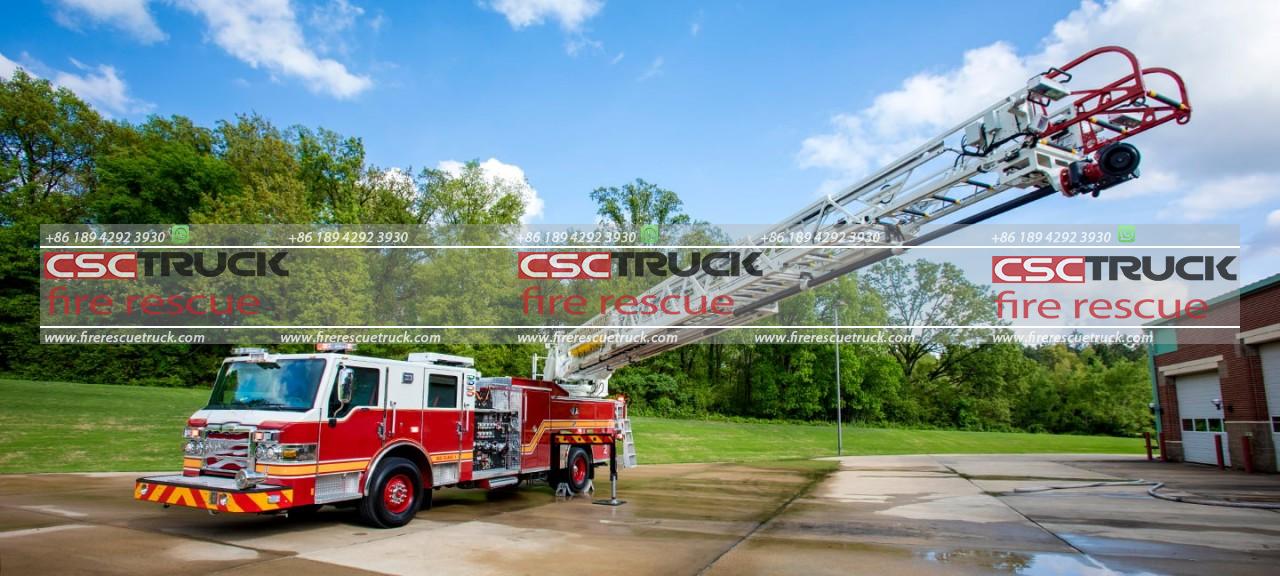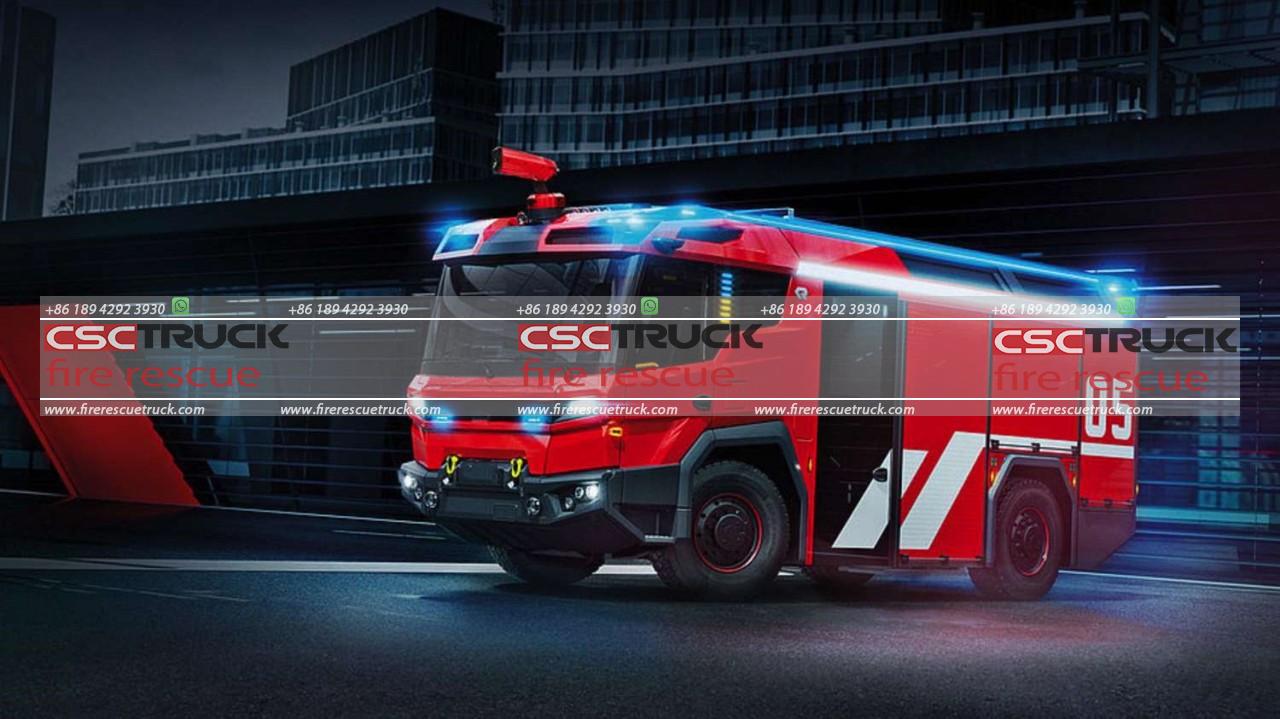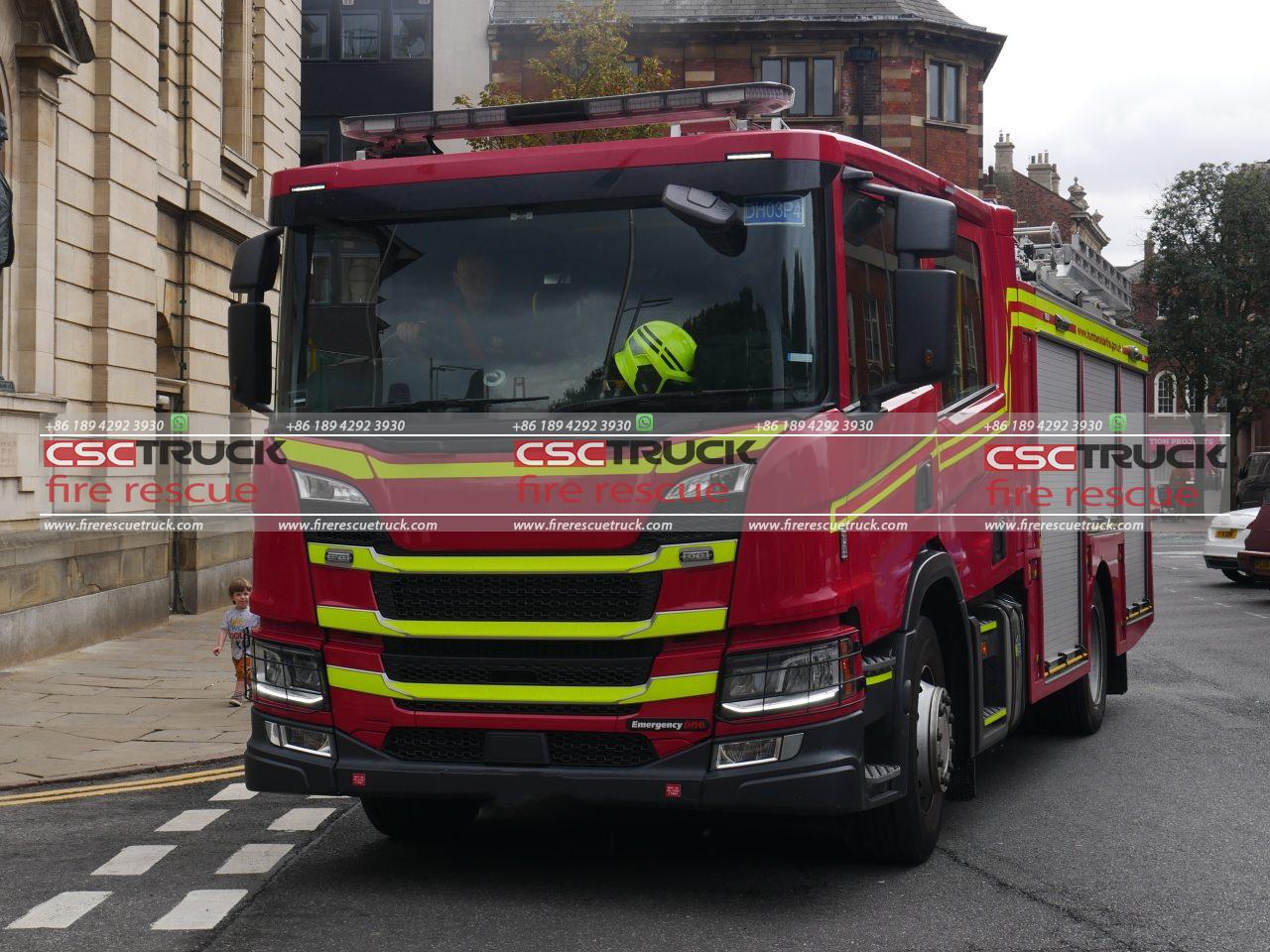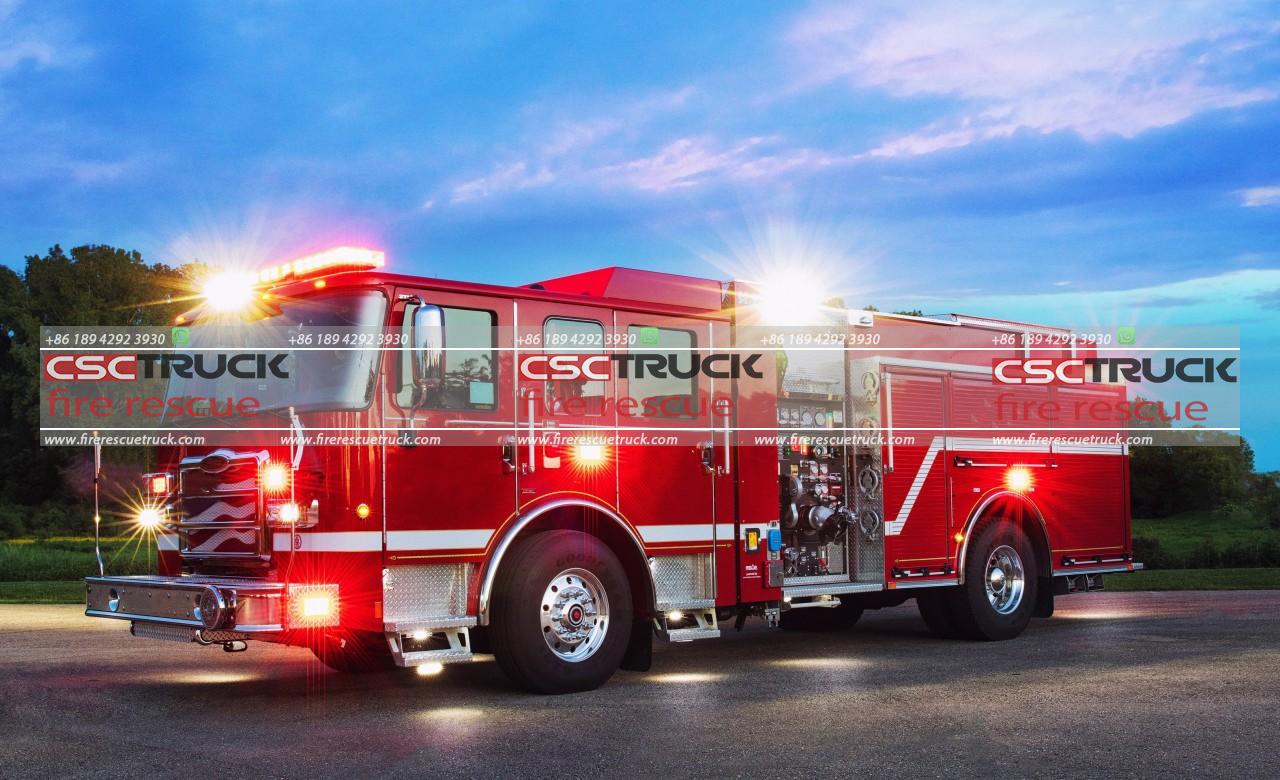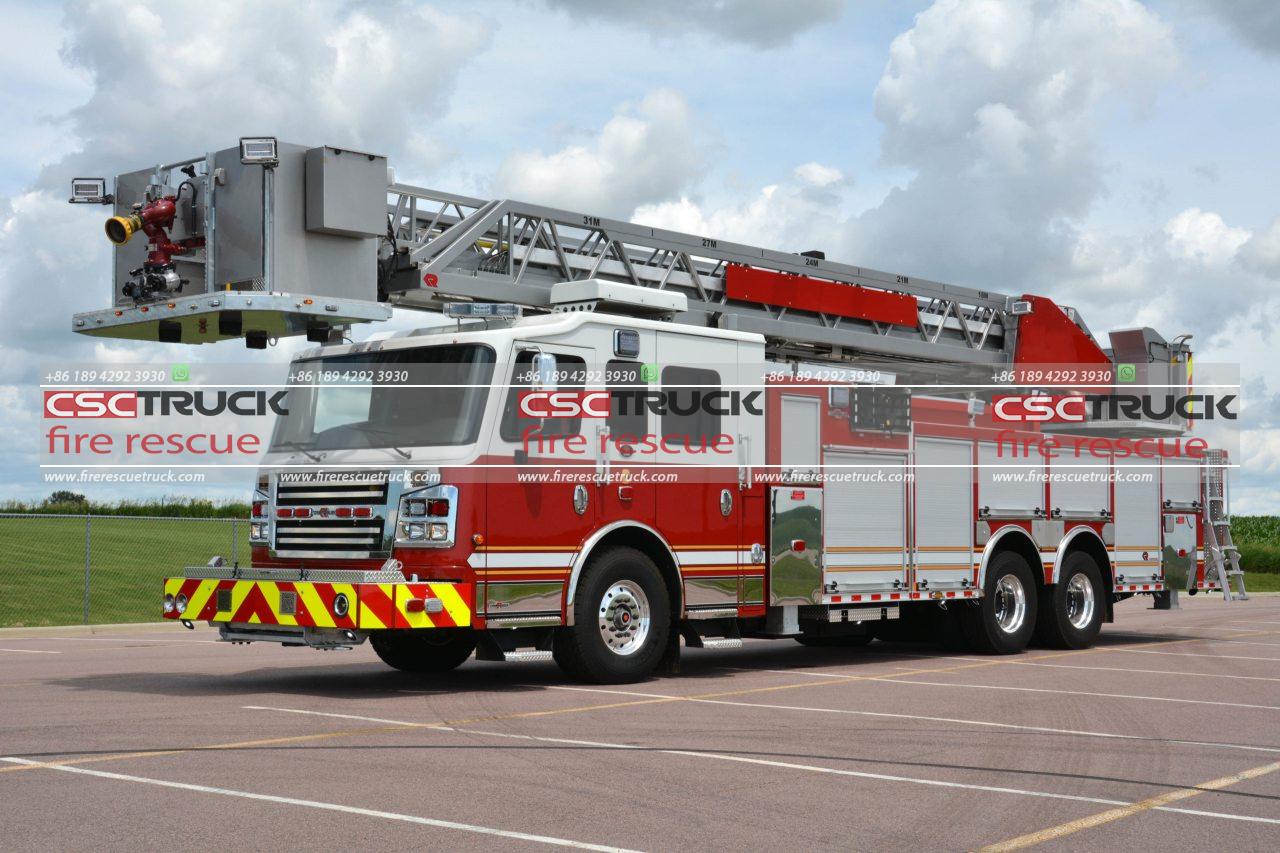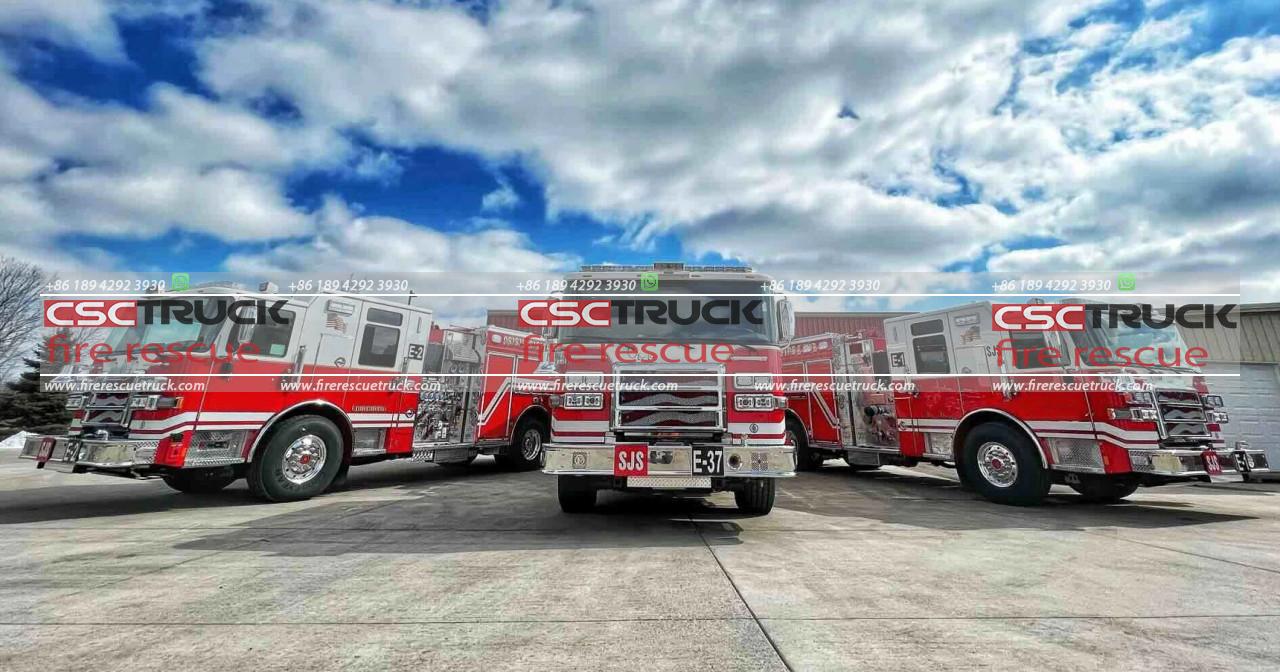Introduction
In emergencies, effective command and control are critical for managing chaos and ensuring the safety of both firefighters and civilians. Fire departments rely on specialized vehicles to facilitate efficient operations at fire scenes, with one of the most crucial being the Fire Chief Truck. This article will explore the key features of a Fire Chief Truck specifically designed for command and control at fire scenes, highlighting the essential equipment and capabilities that enable fire chiefs to coordinate operations effectively and make informed decisions.
1. Enhanced Communication Systems
Clear and reliable communication is paramount during fire operations. A Fire Chief Truck is equipped with advanced communication systems that allow the fire chief to maintain constant contact with their team, neighboring departments, and incident commanders. These systems often include two-way radios, satellite communication, public address systems, and cellular connectivity. The ability to communicate seamlessly ensures that crucial information is promptly disseminated, enabling effective decision-making and coordinated action.
2. Incident Management Technology
To effectively manage fire scenes, fire chiefs require access to real-time data and incident management tools. Fire Chief Trucks are equipped with state-of-the-art technology that provides essential information to incident commanders. This technology often includes computer-aided dispatch systems, geographic information systems (GIS), digital mapping, and incident command software. These tools help fire chiefs assess the situation, track the progress of firefighting efforts, and allocate resources efficiently, all while ensuring the safety of personnel.
3. Command Center
The Fire Chief Truck serves as a mobile command center at fire scenes, providing a centralized location for the incident commander to oversee operations. The command center is equipped with ergonomic workstations, multiple monitors, and large displays to monitor critical information in real time. It allows fire chiefs to maintain situational awareness and collaborate effectively with other agencies involved in the response. The command center also provides a space for strategic planning, incident briefings, and coordination with incident management teams.
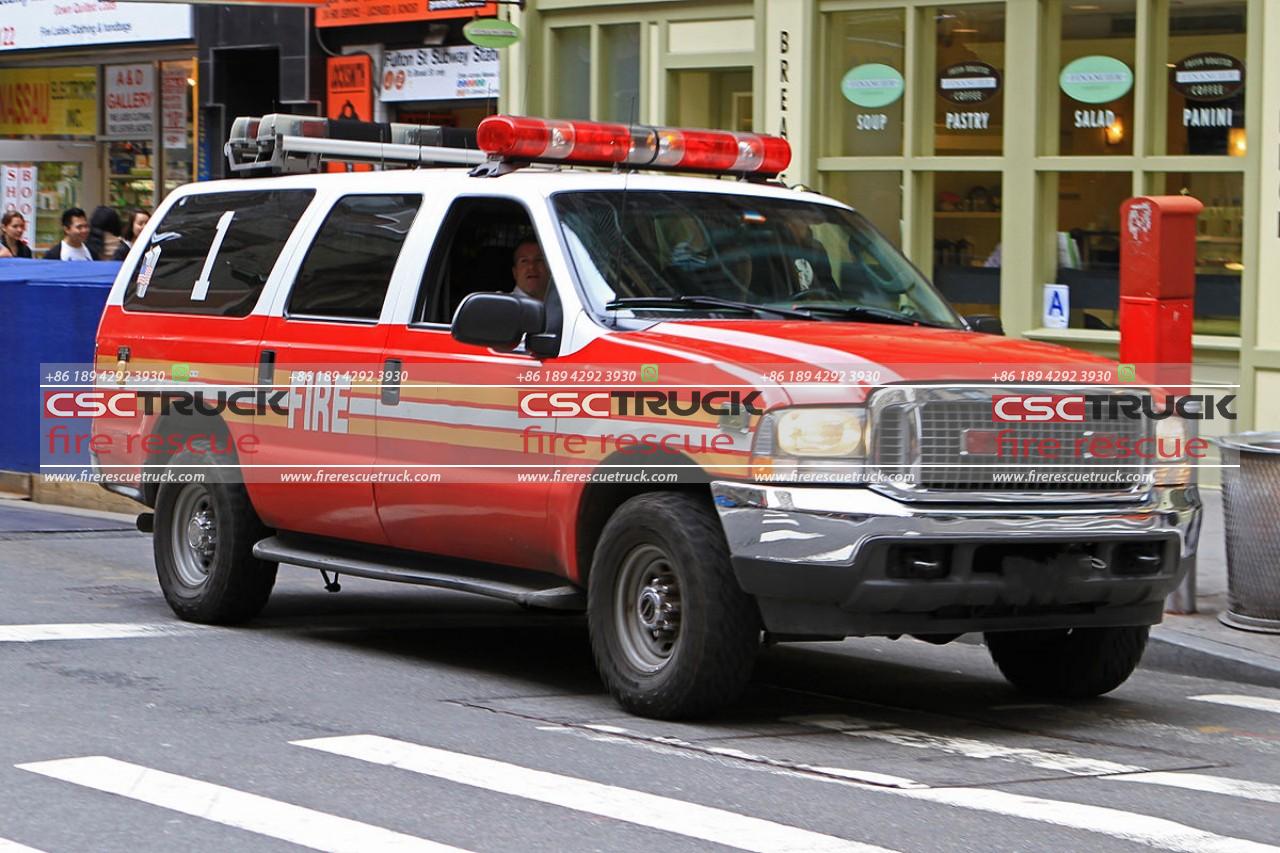
4. Traffic Management and Safety Equipment
Traffic management is a crucial aspect of fire scene operations, as it ensures the safety of personnel and enables unimpeded access for emergency vehicles. Fire Chief Trucks are equipped with traffic management and safety equipment, including high-visibility lighting systems, traffic cones, barricades, and portable signage. These features help create a safe working environment for responders and facilitate the smooth flow of traffic around the incident site.
5. Incident Documentation and Recording
Accurate documentation is essential for post-incident analysis, training, and legal purposes. Fire Chief Trucks are equipped with systems for incident documentation and recording. These systems often include digital cameras, video recording equipment, and voice recorders. Fire chiefs can capture images, video footage, and audio recordings to document the progression of the incident, capture critical moments, and maintain a comprehensive record for future reference.
6. Equipment Storage and Accessibility
Fire Chief Trucks are designed with ample storage compartments to house essential equipment and supplies needed for incident management. These compartments are carefully organized, ensuring quick access to equipment such as portable radios, extra personal protective gear, incident management manuals, and other necessary tools. Organizational systems within the truck optimize efficiency, allowing fire chiefs to retrieve equipment promptly and efficiently when needed.
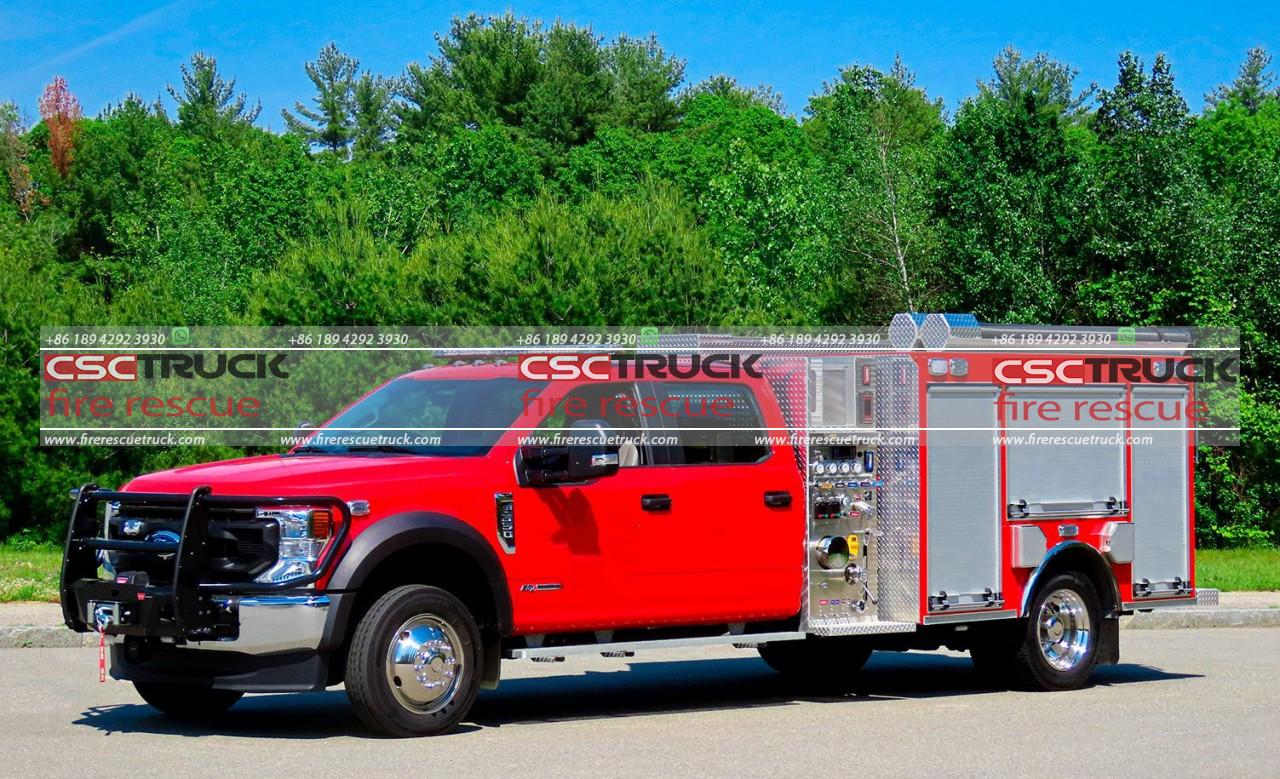
7. Onboard Power and Command Support
Fire Chief Trucks are equipped with onboard generators to provide uninterrupted power supply at fire scenes. This power source ensures that the command center and all communication systems remain operational, even in areas where the electrical grid may be compromised. Additionally, Fire Chief Trucks often include auxiliary systems for climate control, enabling a comfortable working environment for the incident commander during extended operations.
8. Integrated Mapping and Navigation Systems
Navigating through unfamiliar terrain and locating the incident site quickly is crucial for fire chiefs responding to emergency calls. Fire Chief Trucks are equipped with integrated mapping and navigation systems that provide real-time GPS tracking, route planning, and turn-by-turn directions. These systems enable fire chiefs to navigate efficiently, especially in high-stress situations where time is of the essence. Integrated mapping and navigation systems also help fire chiefs identify alternate routes, road closures, and potential hazards, ensuring a swift and safe response to fire scenes.
9. Weather Monitoring and Hazard Detection
Fire scenes are dynamic environments where weather conditions and hazardous materials can significantly impact operations. Fire Chief Trucks often feature weather monitoring equipment that provides real-time data on temperature, wind speed, humidity, and precipitation. This information helps fire chiefs assess fire behavior, predict potential fire spread, and determine the appropriate firefighting strategies. Additionally, advanced hazard detection systems, such as gas detectors and thermal imaging cameras, aid fire chiefs in identifying and mitigating potential dangers, ensuring the safety of responders, and minimizing the risk of escalation.
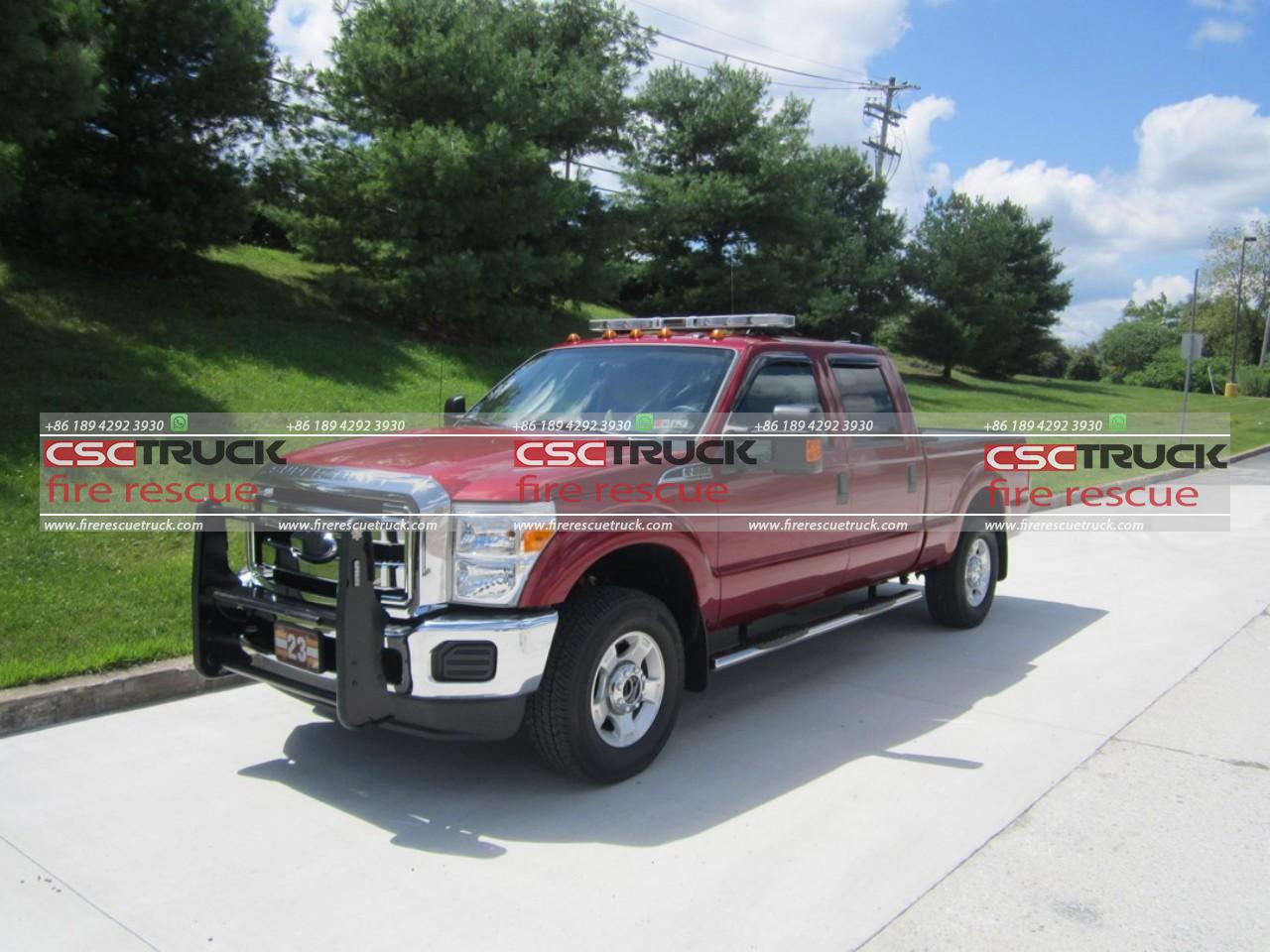
10. Multi-Agency Collaboration Capabilities
Fire incidents often require coordination among multiple agencies, including fire departments, law enforcement, emergency medical services, and public works. Fire Chief Trucks are equipped with interoperable communication systems and collaboration tools to facilitate seamless integration and coordination with other agencies. These capabilities allow fire chiefs to establish unified command structures, share critical information, and coordinate resources effectively, enhancing the overall response efforts and ensuring a cohesive and efficient incident management approach.
11. Ergonomic Design and Comfort Features
Given the demanding nature of firefighting operations, Fire Chief Trucks are designed with the comfort and well-being of fire chiefs in mind. The interior of the truck is ergonomically designed, providing comfortable seating, adjustable workstations, and ample space for movement. Fire chiefs often spend extended periods in the command center, making it essential to have a comfortable working environment that supports their decision-making process. Climate control systems, sound insulation, and ergonomic seating further contribute to the overall comfort and efficiency of fire chiefs operating from the Fire Chief Truck.
12. Training and Education Facilities
Fire Chief Trucks are not only operational vehicles but also serve as mobile training and education facilities. These trucks are equipped with multimedia capabilities, including projectors and screens, to facilitate training sessions and educational programs. Fire chiefs can utilize these facilities to conduct on-site training, provide briefings to personnel, and enhance their professional development. The presence of training and education facilities within the Fire Chief Truck promotes continuous learning, skill development, and the dissemination of best practices among fire department personnel.
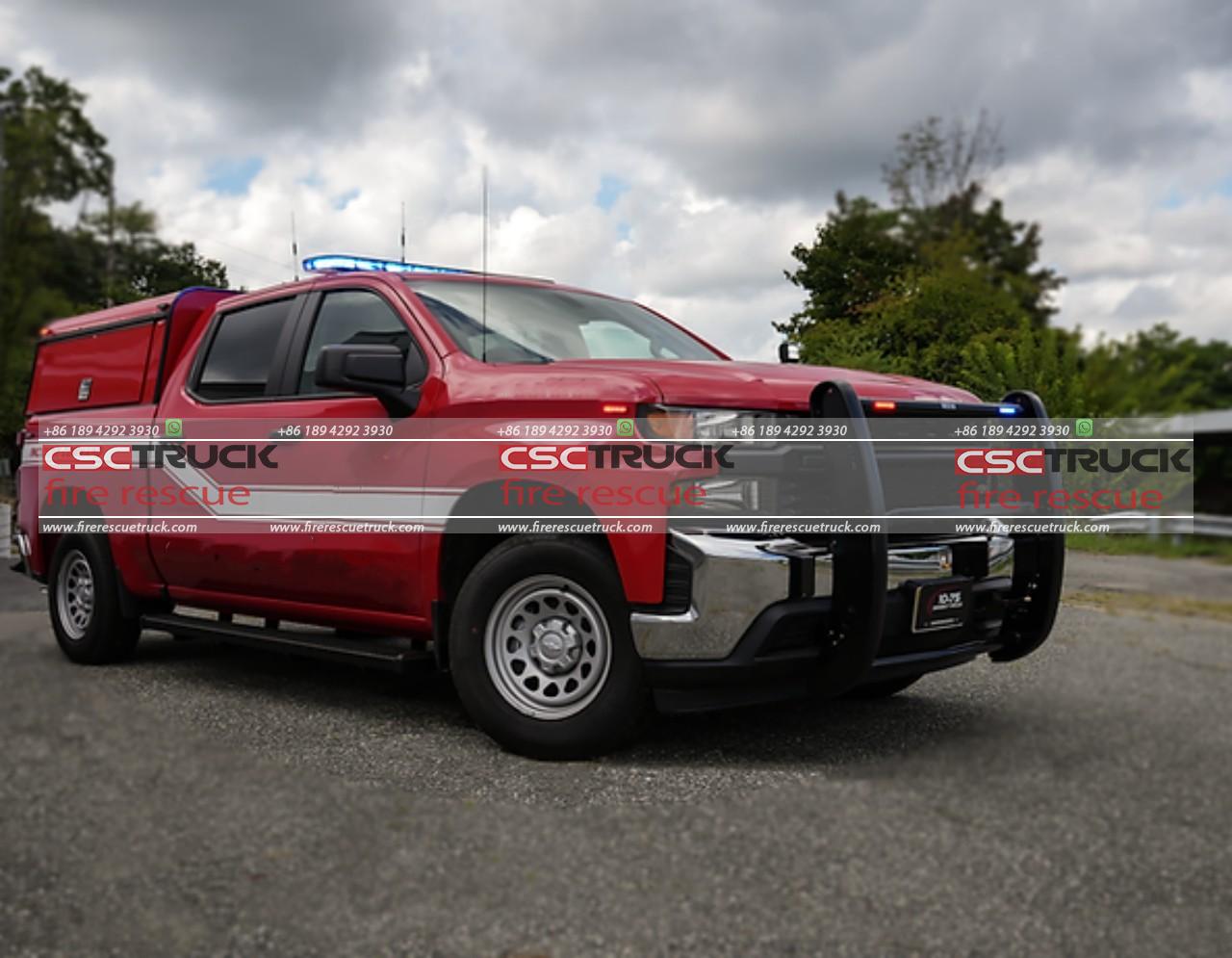
Conclusion
The Fire Chief Truck represents a vital asset for fire departments in managing fire scenes with effective command and control. Its key features, such as enhanced communication systems, incident management technology, a mobile command center, traffic management equipment, incident documentation capabilities, equipment storage, onboard power, integrated mapping and navigation systems, weather monitoring, multi-agency collaboration capabilities, ergonomic design, and training facilities, contribute to the efficient coordination of resources, communication, and decision-making. Fire chiefs rely on these features to ensure the safety of personnel, optimize incident management, and mitigate the impact of fire incidents on the communities they serve. As technology continues to advance, the Fire Chief Truck will evolve to incorporate innovative features that further enhance its effectiveness as a command and control vehicle, ultimately leading to safer and more efficient fire response operations.

